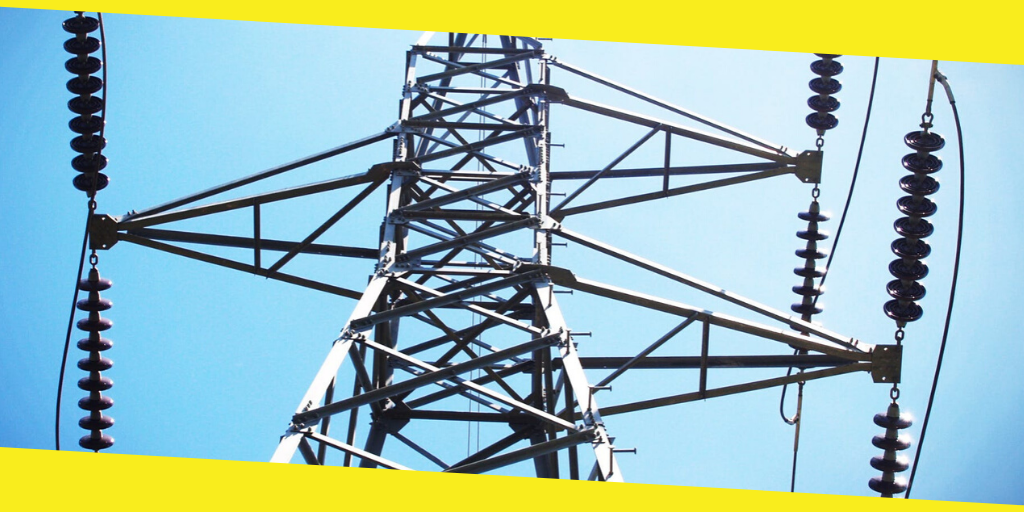Synchronous Generator: Protection and Control

The synchronous generator involves two or more generators working in parallel. This system is ideal especially during periods of load shedding or when additional power is required. The system helps to provide extra power without adding operational costs. There are also many other benefits to using the synchronous generator such as convenient servicing. To keep the system running, it should be maintained. Likewise, the maintenance of synchronized generators is crucial to ensure that there is no total disruption of power in case of the failure of one generator. Keep reading to learn more about synchronous generator protection and control.
Contents
ToggleHow The Synchronous Generator Works?
When additional power is needed on top of the bigger generator that you have, synchronous generators could be the way to go. Having more than two generators running simultaneously offers flexibility and power backup so that power is not disrupted if one fails. Before you choose this power generation option, you should be aware of how it works. Thus, the expert technicians at https://www.ablesales.com.au/industrial-diesel-generators/synchronous-generators/ would recommend caution when operating the generator. It is also essential to ensure that the system is installed by an experienced technician to ensure that it is safe for the users.
The system allows for power variations depending on the load without incurring huge expenses on generator sets that may be hardly used. The paralleling of generators uses combined digital control technologies that make operation easier. The system is designed in such a way that it redistributes the load among the units operating within a system to control power output. The parallel system offers great reliability which makes it ideal for critical loads in hospitals and mining operations.
Maintenance of Synchronous Generator
Since generators work in a synchronized system, maintenance and repair of single units are possible without disrupting power generation. For instance, let’s say one generator out of 10 synchronized generators fails, the whole system does not stop functioning. The affected generator stops running and the digital technology monitoring the system helps identify the faulty generator. It is possible to dismantle and service a single generator within the system and it continues to run. The redundancy function in the parallel system offers multiple layers that give protection to the units synchronized to ensure uninterrupted power supply. The load is distributed among other generators so that they continue to run and you will not experience work stoppages.
Servicing generators require the expertise of technicians who know that particular field. To avoid causing harm to the operations of the parallel system of generators, only qualified persons should service the generators. Thus, the servicing and maintenance of the synchronous generator should not be given to chance since this can be disastrous. If you lack the required skills, you would rather operate with the running generators within the parallel system instead of trying to rectify the problem.
How To Control The usage of Synchronous Generator?
When synchronizing the generators, the best controller is used and it is responsible for checking the condition of each engine. In other words, the controller helps monitor the performance of the unit’s engine as well as alternators. The controller is designed to report faulty generators without necessarily turning power generation off. The master controller is also installed to control the load and it distributes it among all of the generators within the system to ensure efficiency. It helps to check if the generators are properly synchronized as well as to balance the voltage. A controller also plays a pivotal role in controlling the reverse power functions. The other thing about the control system is that it helps in scheduling the time when generators go on or off. If you are using a traditional parallel system, each generator has to be installed with a controller which controls its operations. Individual controllers on different generators in the system should be in sync with the master controller which regulates the operations of all individual controllers. However, the major issue with traditional parallel systems is that they are susceptible to temporary collapse due to many controllers involved. Therefore, it is crucial to constantly monitor the power supply when power fails. In such a situation, you would need to restore power when there is nothing that has been seriously damaged.

A synchronous generator is designed to address the demand for different types of loads during load shedding or when electric supply is interrupted. Generators working in a parallel system are efficient compared to a single but bigger generator. However, proper installation and maintenance of the system are critical steps that should be properly coordinated.
Recommended For You
Pros and Cons to Owning a Commercial Laundromat
Most Inside
Most Inside offers high-quality recommendations and valuable updates to enhance all aspects of your life, providing premium guidance and enriching experiences.




